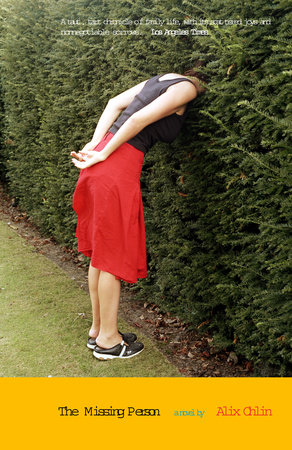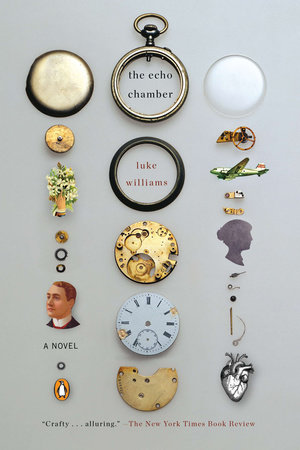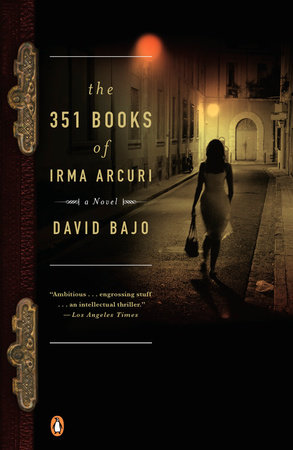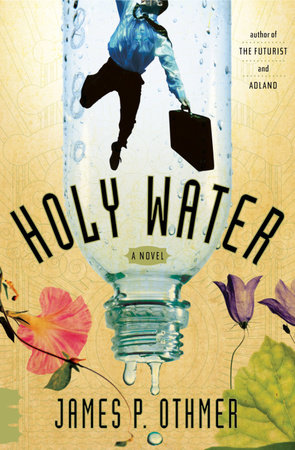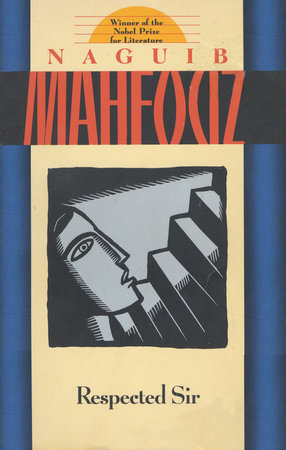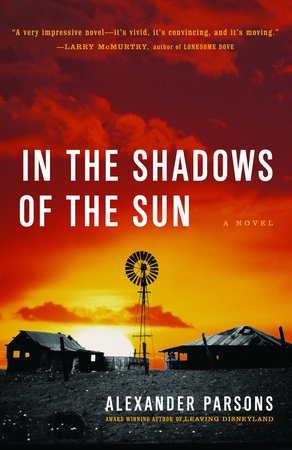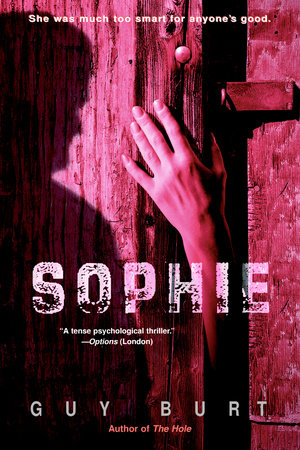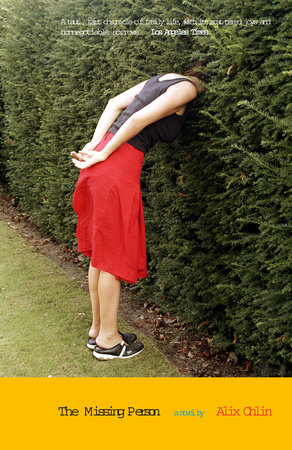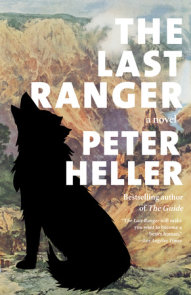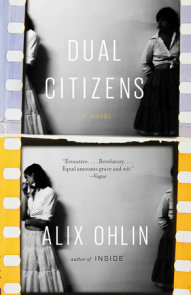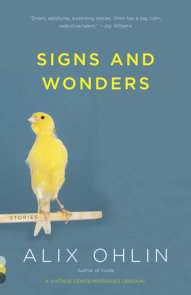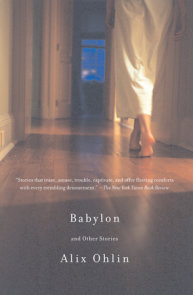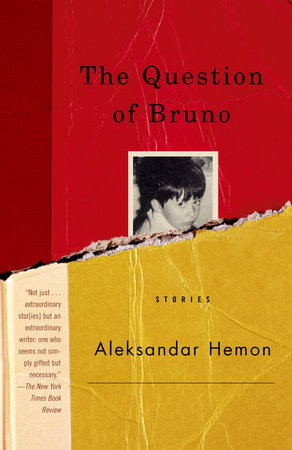Author Q&A
Q: What was the inspiration behind THE MISSING PERSON? Why did you set it in Albuquerque? Is any of it reflective of your personal experience?
From the very beginning, I had the characters and the basic family story in mind, but I wasn’t sure where I wanted the book to be set. As soon as I chose Albuquerque, though, the setting wound up inspiring me, and the events of the plot, to an enormous degree. Albuquerque is this great, gritty place that many people don’t know well, and I loved describing it in the book. I lived in Albuquerque for four years as an adult, and I spent a lot of summers in New Mexico as a child, visiting family. My grandparents lived in New Mexico, and my grandfather, especially, loved the desert landscape. The book is dedicated to them. As far as my personal experience, I’ve never done any of the crazy pranks in the book, like dismantle a tram or take over a wilderness refuge. Sadly, I’m a much more boring person than pretty much all the characters.
Q: An eco-terrorism group factors prominently in the plot–why did you choose to base things around environmental extremists?
I was interested in writing about environmental themes–it’s something I care about a lot–but I wanted to do it in what I thought would be a fun way. So my solution was to invent this fringe group of activists–even among environmental extremists, they’d be considered fringe–with some absurd elements. They aren’t exactly violent offenders; they’re goofy people who have some half-baked ideas, but also genuine, idealistic passion for their cause. Characters who are passionate, and who make mistakes, and who pursue their goals even when they’re somewhat wrong-headed, exert a lot of force in a novel (and in life, too, I guess). That dramatic zeal holds a fascination for me. There’s a point in the book where Wylie, Lynn’s brother, says to her, “Philosophical questions are the only questions there are.” The extremists in my book cling to that notion, that belief systems matter and are worth fighting for.
Q: Art, as well, is a huge feature in the book. Ultimately, Lynn studies pictures–and ultimately, her sense of her family life was just that, a picture. Are there parallels you wanted to draw between the two?
So many artists have been influenced by the landscape of New Mexico that I felt art had to have a place in the book. One theme of the book, for me, is how adult children can learn to see their parents as fully three-dimensional people, not idealized figures or demons, and Lynn’s relationship to the oil paintings in the book is connected to that theme. She tries to use her scholarship as a way of unraveling the mystery of her family’s past, and she gets led astray by her desire to know more about them, her father in particular.
Q: This book is about homecoming, and all that entails–in this case, family tensions, reconciliations, and grief. What prompted you to choose to focus on such a meaty topic? What problems did it present to you? What advantages?
I liked the idea of Lynn coming home to a place she knows well but has avoided for a long while. It’s strange but familiar at the same time. As a result, it’s as if she sees the city of her past almost as clearly as she sees the present–in fact the past is always threatening to overwhelm the present, coloring it emotionally–one laid over the other. I think, also, that when you come home you are forced to confront things about yourself and your past, things you might otherwise be able to deny and run away from. And the moment when you’re forced out of denial is very difficult and uncomfortable. A moment of extreme discomfort is a good place for a novel to start.
Q: Angus is a really interesting character–he’s an activist without real anger, unlike everyone else in the group. Is he emblematic of anything, or just a way for Lynn to pass the time and escape home for a while?
Angus is a person who is attracted to chaos more than he is attracted to doing the right thing. That drives a lot of his actions, and it makes him charismatic and footloose and also, in the end, somewhat dangerous. The fact that he is without anger is related to the fact that he is without a moral compass in some sense. It’s an important distinction between him and the other activists. Because he is so free, Lynn sees in him the potential to evade her own burdens. And he doesn’t judge her, which is an enormous attraction, given how negatively she judges herself a lot of the time. Ultimately, though, Angus’ attitude is not something she can emulate. It’s just not a tenable position for her, because of the events of the summer, and because her mother and brother won’t allow her to run away from them and all their shared conflicts.
Q: Lynn’s mother is dating their former neighbor, David, who is still married to Daphne, his mentally ill wife. Why bring Daphne into the plot–and why make Eva Kent, the artist Lynn discovers while home, mentally ill as well?
Lynn feels very comfortable at first in passing judgment on her mother and David, because he’s still married, and because she’s hung up on the idea of her parents having had a perfect marriage. She feels that everybody should stay in the same state of suspended animation that she’s been in since her father died. But her mother refuses to do this, and she refuses to allow Lynn to condemn her. The passing of judgment is something Lynn has to grow out of over the course of the book. There are a lot of parallels set up among the different families in the book–David’s, Lynn’s, and Eva Kent’s–and a lot of parents who are absent, either through death or through illness. Ultimately, some of the parallels hold up, and others turn out to be deceptive or products of Lynn’s wishful thinking.
Q: How much research was involved in this book? How did you approach writing it?
A lot of research issues came up as I was writing, and I’d have to take a break and figure them out. So all of a sudden I’d be reading books and websites to learn about plumbing, or I’d have to call up a pool company and ask, “So, approximately how long would it take for a single suction pump to drain, say, a medium-sized residential in-ground swimming pool? Okay, thanks–I was just curious.” People were very helpful in accommodating my strange requests. I also did a fair amount of research into environmental issues, most of which made for depressing reading, of course. And I really didn’t want it to be a depressing book. So the trick, for me, was to incorporate that research into a book that would still have humor in it, and believable characters, rather than walking billboards spouting slogans and statistics. That’s what I was going for, anyway.
Q: Were there any interesting changes in plot, characters, etc as you wrote the book? If so, will you write a bit about them?
I had a lot of big, sprawling, fancy, intellectual ideas about the book that flew out of the window once I actually started writing it and grappling with the characters. Originally, for example, the fact that Lynn’s father was a physicist was a much bigger part of the plot. There were going to be a lot of clever scientific metaphors to do with his work. I had to jettison this partly because it was cumbersome, and partly because I barely passed math in high school and writing convincingly about theoretical physics was going to be, to put it mildly, a stretch. In terms of the characters, Eva Kent changed the most. At the start she was going to be an artist from an earlier era, and Lynn’s pursuit of her was going to be much more scholarly. I had a lot of library scenes, a lot of digging through old documents. Then I realized that if I made her a contemporary artist, her connection to the rest of the characters would have greater immediacy and interest.
Q: This is your first novel. What’s up next? Are you currently working on a second?
My next book will be a short story collection, also to be published by Knopf. I just started working on a second novel. This one is set in Canada, in winter–so it’ll have a different feel than the sun-drenched Southwest in The Missing Person. There’s skiing involved.
